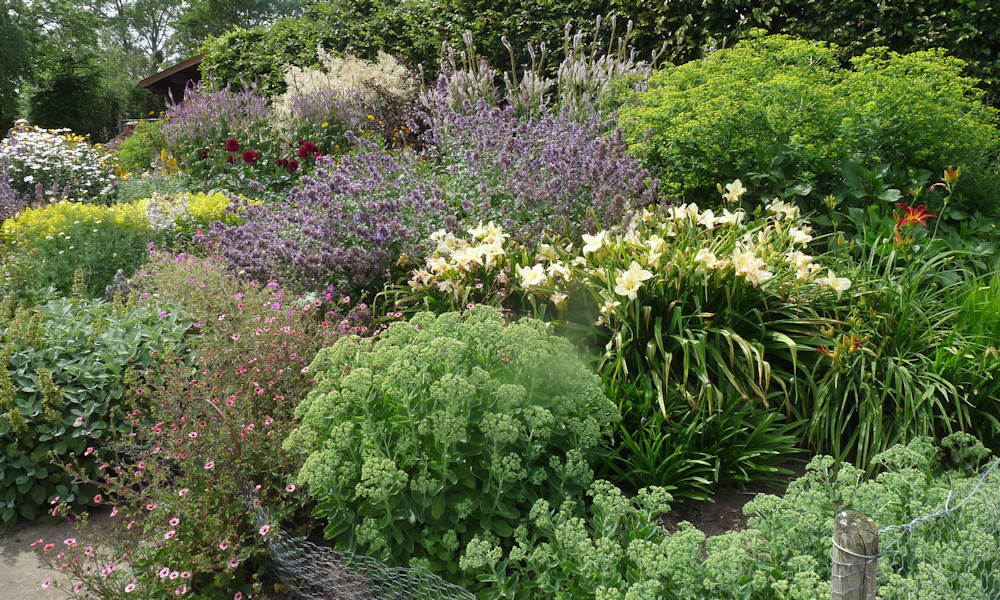In a world where sustainability is becoming a household priority, permaculture has emerged as a powerful approach to gardening and agriculture. But what exactly is permaculture, and why is it capturing the attention of home gardeners, balcony gardeners, and plant enthusiasts alike? In this article, we will explore the concept of permaculture, its origins, its growing relevance today, and how you can incorporate its principles into your garden. We will also look at two inspiring examples of permaculture in action and share some fascinating facts that highlight the depth and richness of this practice.
What is Permaculture? A Simple Yet Profound Approach to Gardening
Permaculture is more than just a gardening technique; it is a philosophy and a design system that mimics the patterns and relationships found in nature. The term “permaculture” is a combination of “permanent” and “agriculture,” or more broadly, “permanent culture.” It was coined in the 1970s by Bill Mollison and David Holmgren, two Australian ecologists who sought a sustainable way to live in harmony with the Earth. The core idea is to create self-sustaining ecosystems that provide for human needs while also enhancing natural biodiversity, resilience, and productivity.
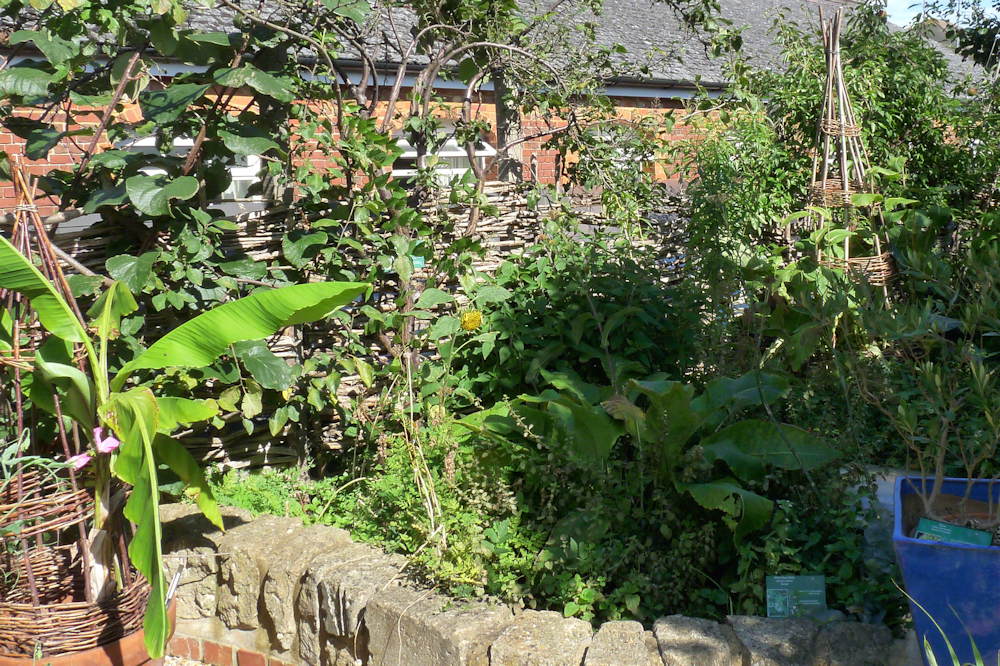
Unlike traditional gardening methods, which often focus on monoculture (growing a single crop), permaculture encourages diversity. It uses natural systems as a guide to create gardens that are self-regulating, require minimal external inputs (such as water or fertilizer), and are resilient to pests and diseases.
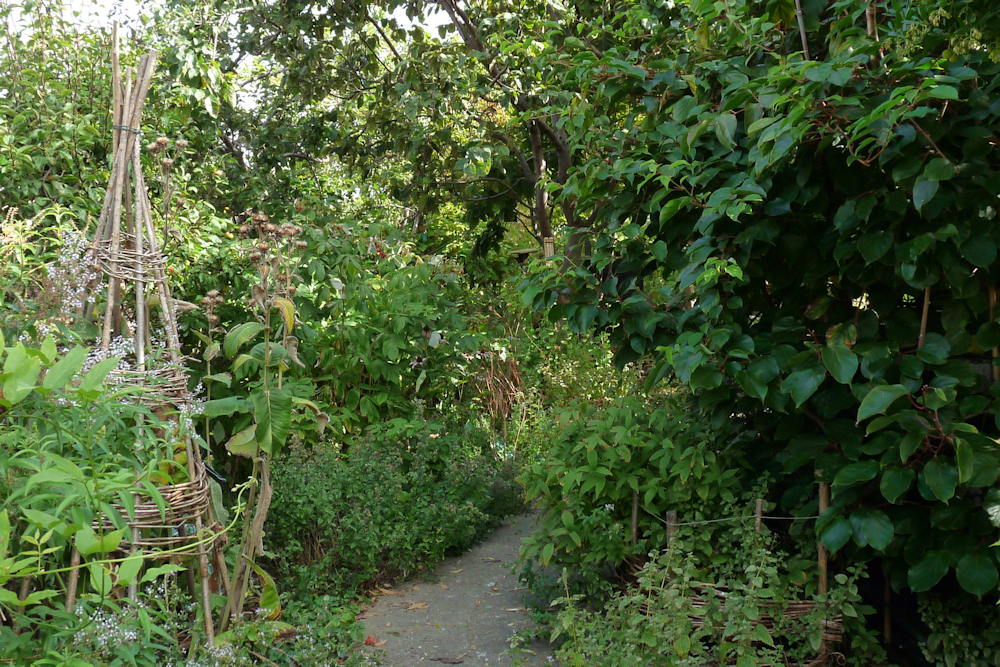
A Brief History of Permaculture: Rooted in Ancient Wisdom, Blossoming in Modern Times
The concept of permaculture has been around for about 50 years, but its roots reach deep into human history. While the term itself was developed in the 1970s, many of the principles behind permaculture have been practiced by indigenous cultures for centuries. These communities inherently understood the value of living in balance with nature, using methods that promoted soil health, water conservation, and plant diversity long before “permaculture” became a buzzword.
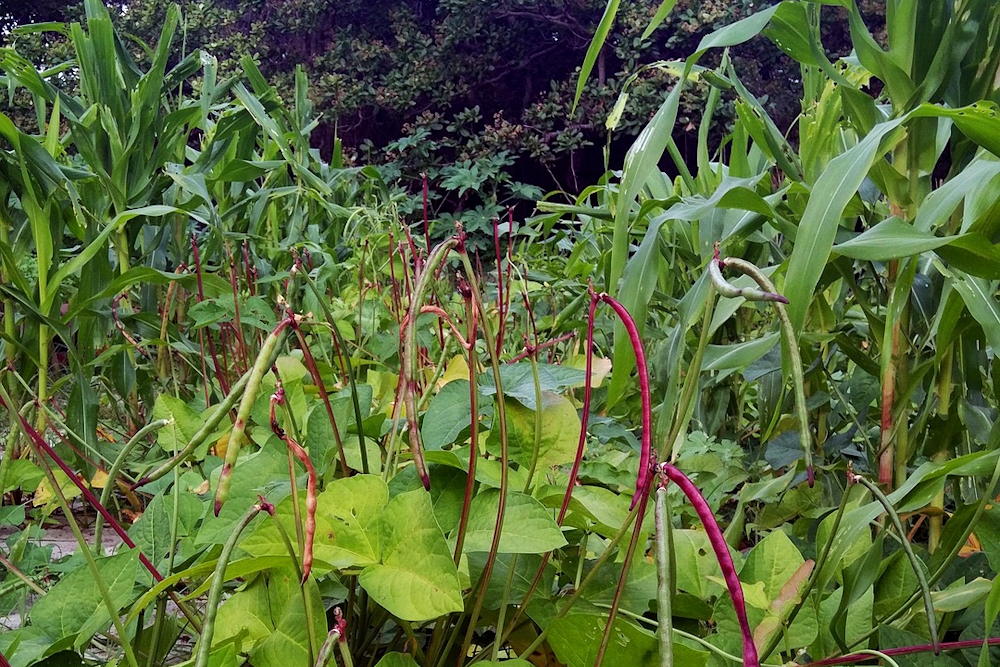
Bill Mollison and David Holmgren formalized these ancient practices into what we now recognize as permaculture. Their work was a response to the industrial agricultural practices of the 20th century, which they saw as unsustainable and harmful to both the environment and human health. Since its inception, permaculture has evolved into a global movement, spreading from Australia to every corner of the world.
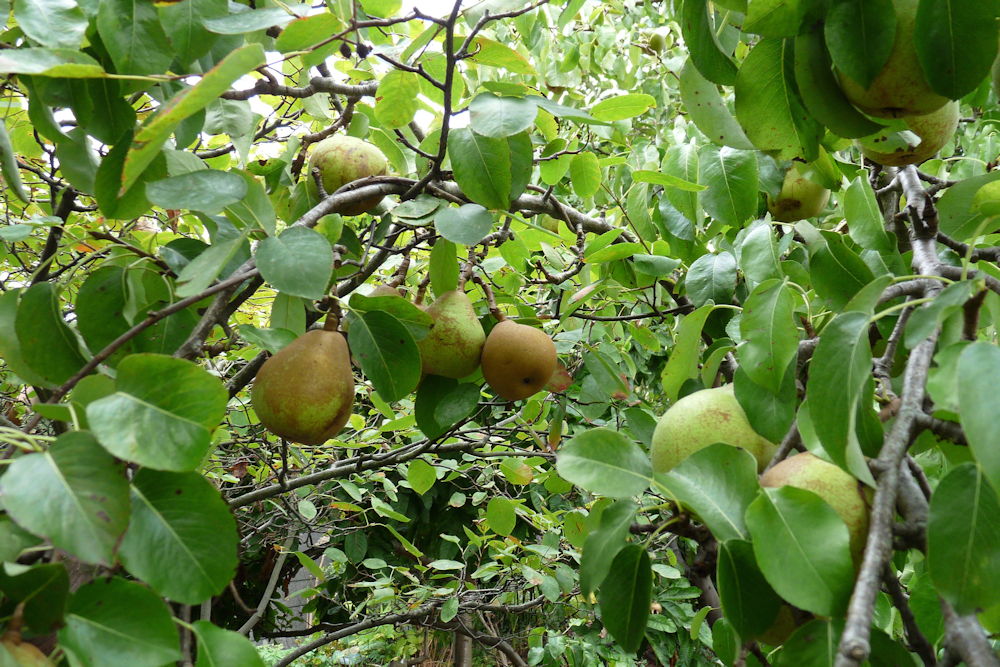
Why is Permaculture Gaining Popularity Now?
There are several reasons why permaculture is experiencing a renaissance today. The increasing awareness of climate change, environmental degradation, and the need for sustainable living practices are driving more people to seek alternatives to conventional agriculture and gardening. As urbanization continues, many people are looking for ways to reconnect with nature, even in small spaces like balconies or backyards.
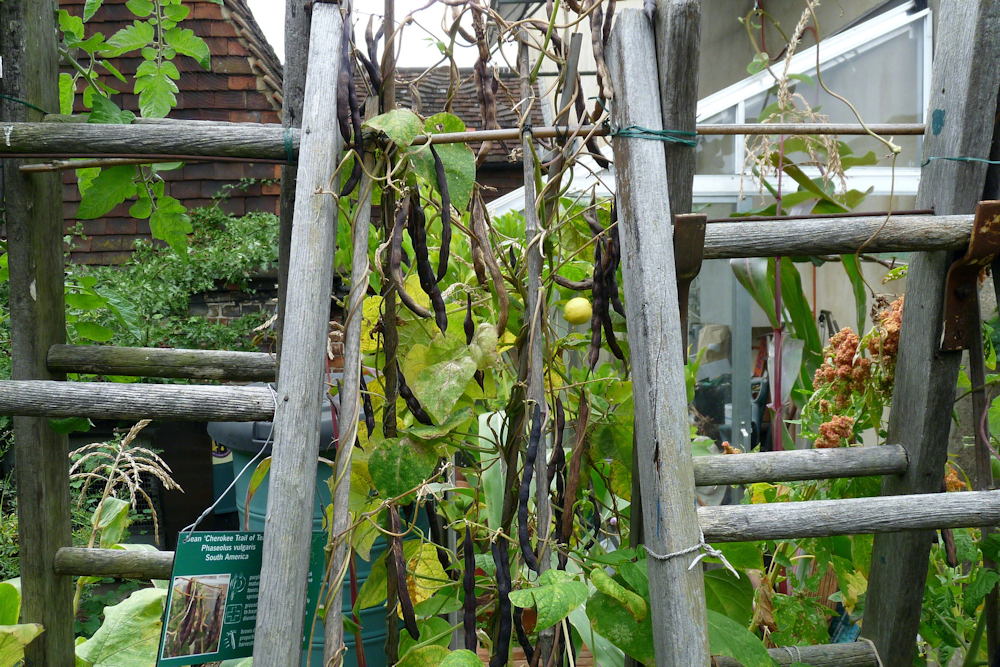
Permaculture offers a compelling solution because it aligns with the growing desire for self-sufficiency, resilience, and sustainability. It enables gardeners to grow food and plants in a way that is not only productive but also regenerative for the environment. In a world where resources are finite, permaculture presents a practical and ethical approach to living more harmoniously with the planet.
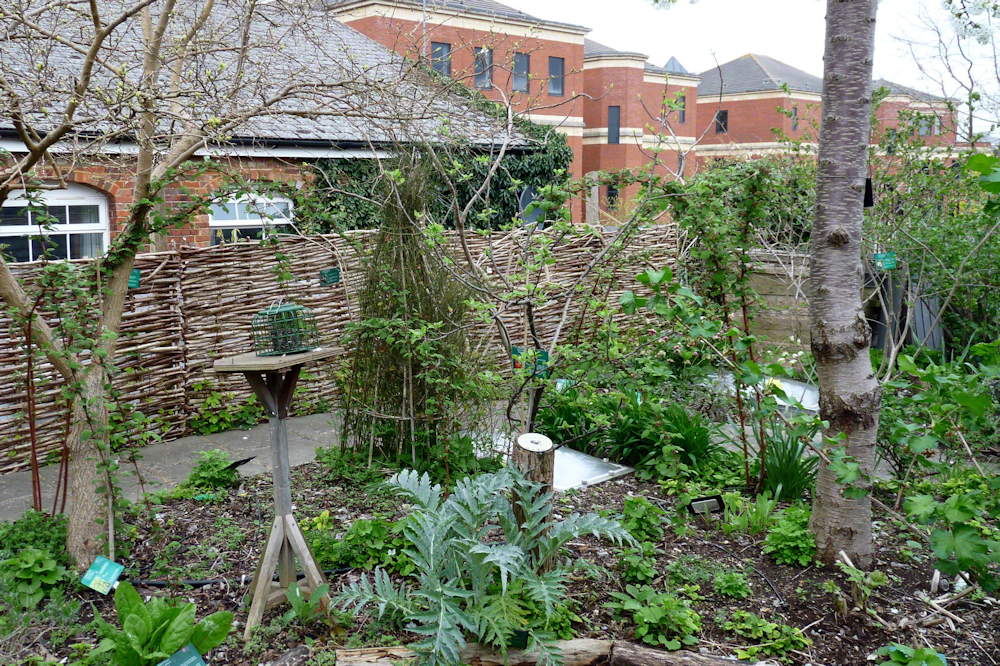
How to Implement Permaculture in Your Home Garden
Implementing permaculture in an average garden doesn’t require a complete overhaul of your existing space. It begins with understanding the unique characteristics of your garden – such as sunlight, soil type, and water availability – and then designing in a way that works with these natural elements rather than against them. Here are some simple steps to get started:
- Observe and Interact: Spend time understanding your garden’s ecosystem. Where does the sun shine most? Where does water collect after it rains? Which plants thrive naturally? Observation is key to effective permaculture design.
- Build Healthy Soil: Start with composting to create nutrient-rich soil. Healthy soil is the foundation of a productive garden and is vital for retaining water and supporting plant life.
- Grow a Diversity of Plants: Incorporate a mix of perennials, annuals, vegetables, herbs, and flowers. This diversity not only makes your garden more resilient but also attracts beneficial insects and pollinators.
- Capture and Store Energy: Use rain barrels to collect rainwater, install a compost bin for organic waste, or use mulching to retain soil moisture. These small steps reduce your dependence on external resources.
- Use Natural Pest Management: Encourage beneficial insects and animals by creating habitats that attract them. Planting flowers like marigolds, for example, can deter pests while attracting pollinators.
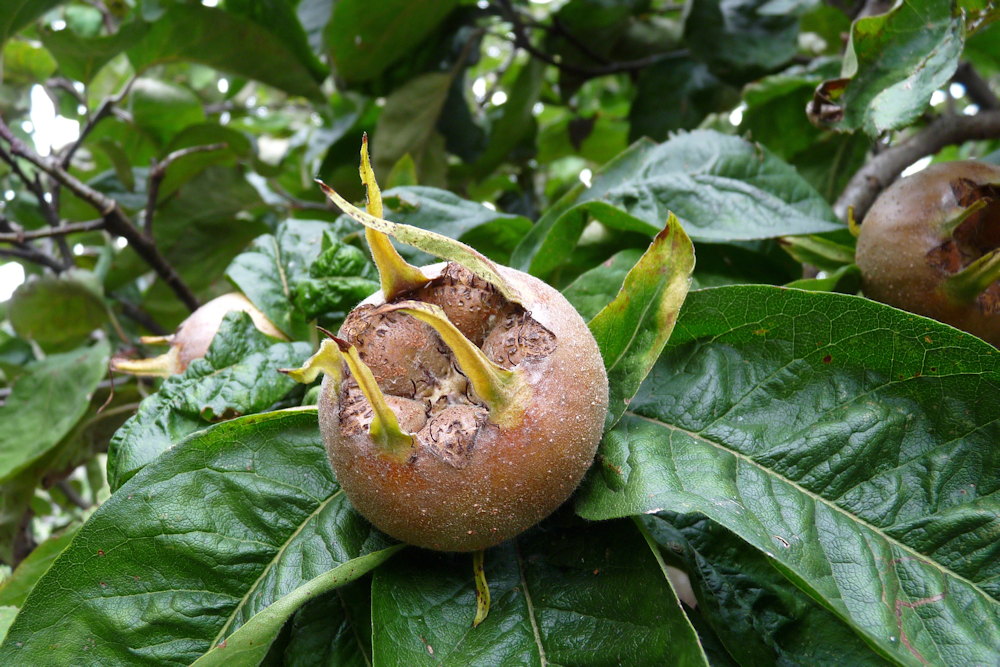
Two Real-Life Examples of Permaculture Gardens
1. The Urban Oasis: Backyard Food Forest in Suburbia
In a suburban neighborhood in Portland, Oregon, a couple transformed their standard lawn into a thriving permaculture garden known as a “food forest.” By incorporating layers of trees, shrubs, ground covers, and root crops, they created a miniature ecosystem that provides a continuous yield of fruits, vegetables, nuts, and herbs. The key to their success was designing the garden to mimic a natural forest structure, with taller trees providing shade and wind protection for the understory plants. Over time, this food forest has become a self-sustaining system that requires minimal watering and no chemical fertilizers or pesticides. Ideally, a backyard food forest should be at least 500 square feet (about 46.5 square meters) to allow for sufficient diversity and layering of plants.
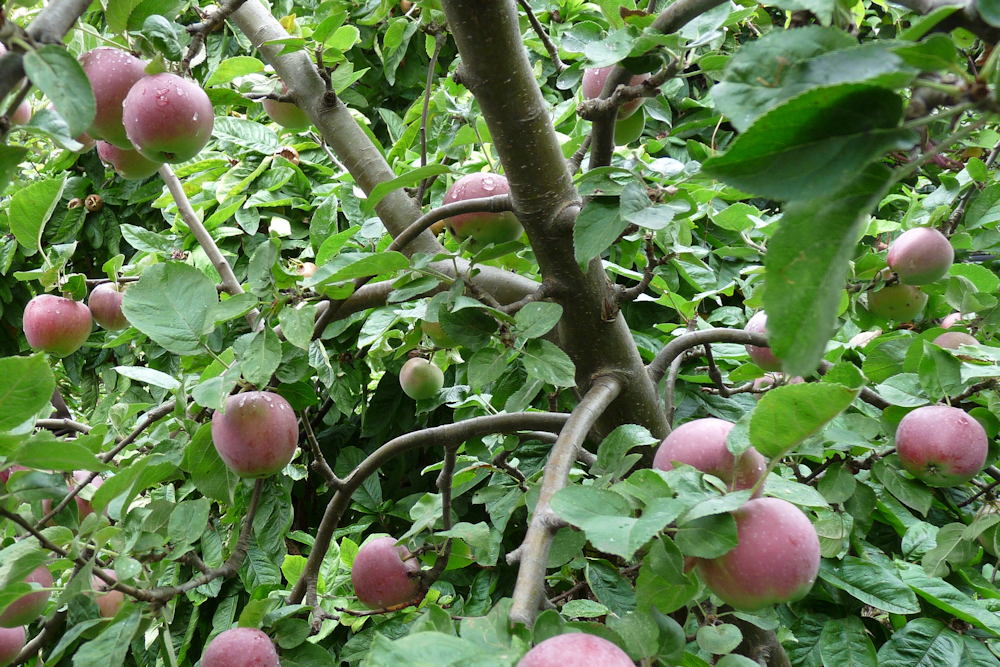
2. The Balcony Retreat: Small-Scale Permaculture in an Apartment Setting
Permaculture isn’t limited to those with large gardens. A family living in a city apartment in London used permaculture principles to transform their small balcony into a productive and aesthetically pleasing space. Using vertical gardening techniques, they grew a variety of herbs, salad greens, and even dwarf fruit trees in pots. They used recycled materials for planters, installed a small rainwater collection system, and created a mini worm farm to compost kitchen scraps. This tiny permaculture garden not only provides fresh produce but also serves as a peaceful retreat in the heart of the city.
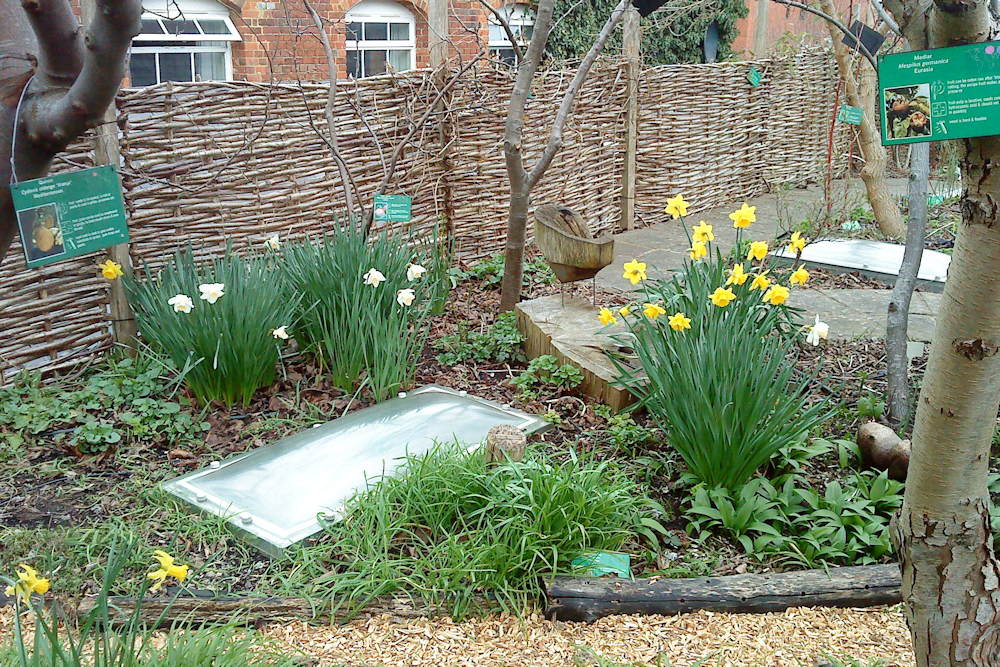
Five Fascinating Facts About Permaculture
- Permaculture Zones: Permaculture design divides space into zones based on how often you use them. Zone 1 is closest to the home and contains plants that need frequent attention, while Zone 5 is a wild area left to nature.
- No-Till Gardening: One principle of permaculture is to disturb the soil as little as possible. No-till gardening helps maintain soil structure, preserves beneficial organisms, and reduces erosion.
- Guild Planting: In permaculture, plants are grouped in “guilds,” which are communities of plants that support each other. A popular example is the “Three Sisters” guild of corn, beans, and squash.
- Perennial Focus: Unlike conventional gardens that rely heavily on annual crops, permaculture emphasizes perennial plants, which live for several years and provide a long-term yield without the need for replanting.
- Global Movement: Permaculture has spread worldwide, with thousands of practitioners and permaculture institutes offering training and certification in nearly every country.
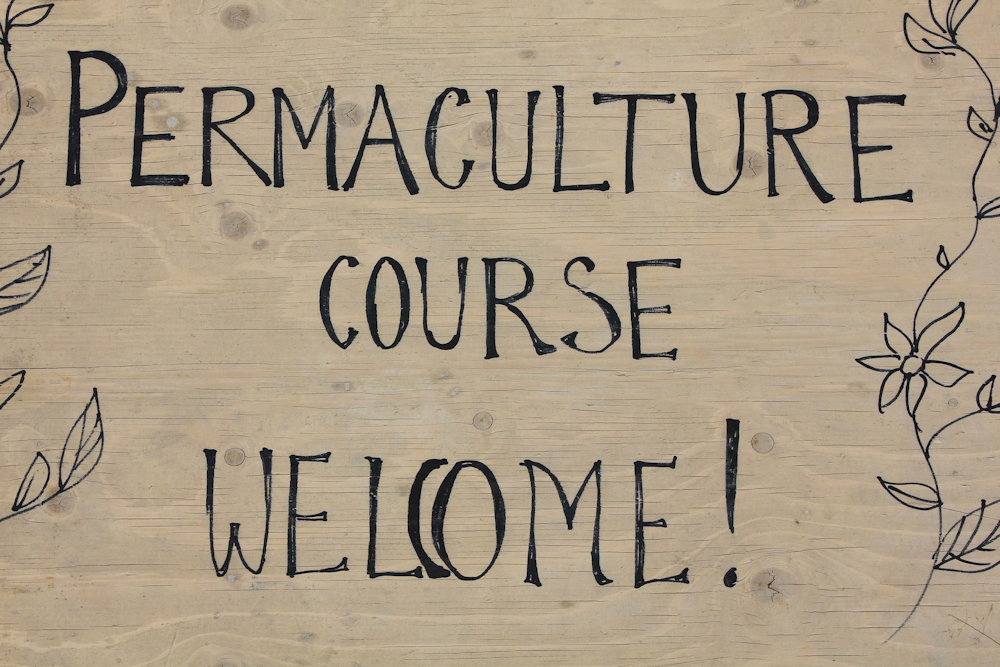
Conclusion: Start Small, Think Big
Permaculture is about working with nature, not against it. Whether you have a sprawling garden, a small backyard, or a compact balcony, there are permaculture principles you can adopt to make your gardening practice more sustainable, productive, and harmonious with the environment. Start small, think big, and enjoy the journey of creating your own little ecosystem right at home.



